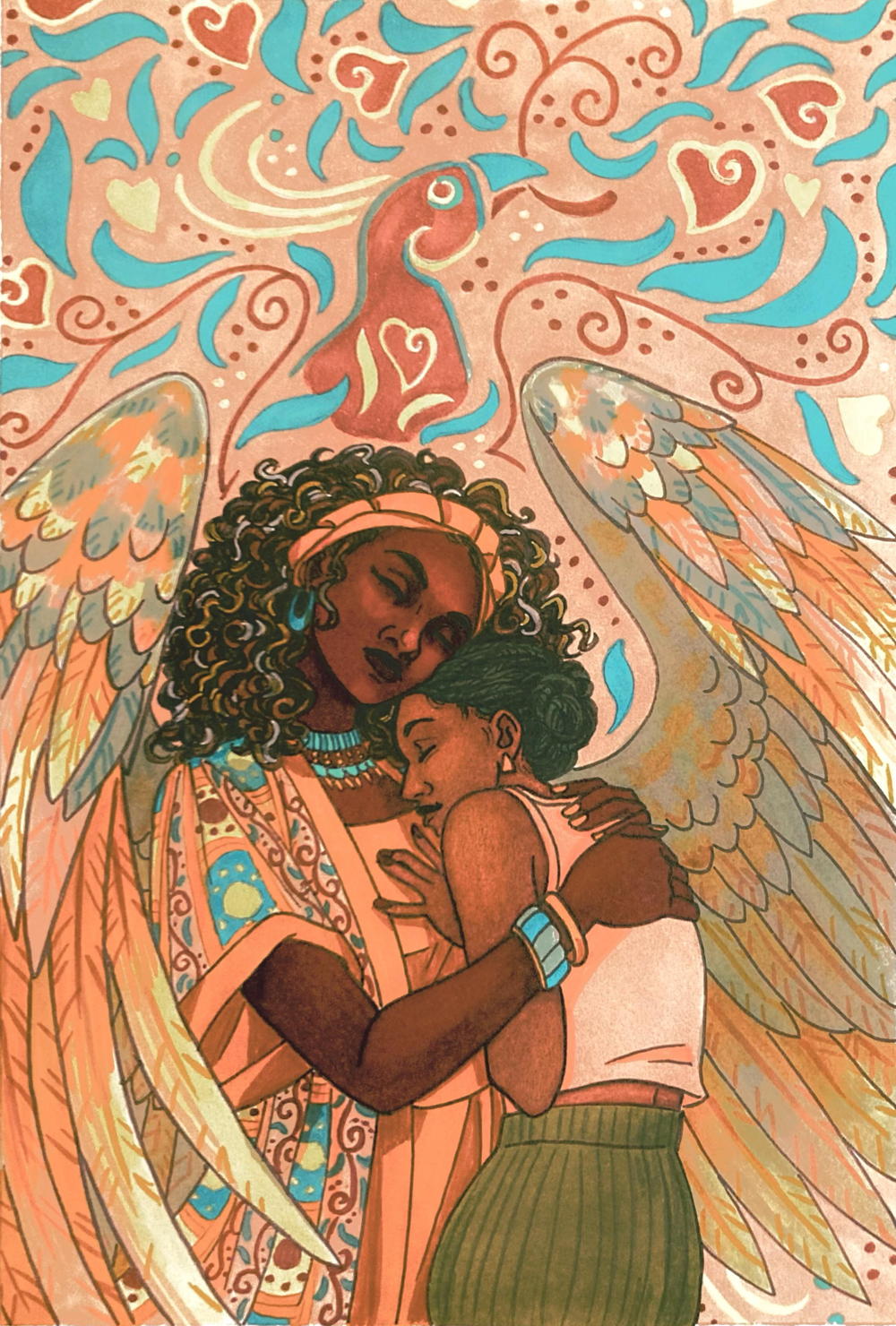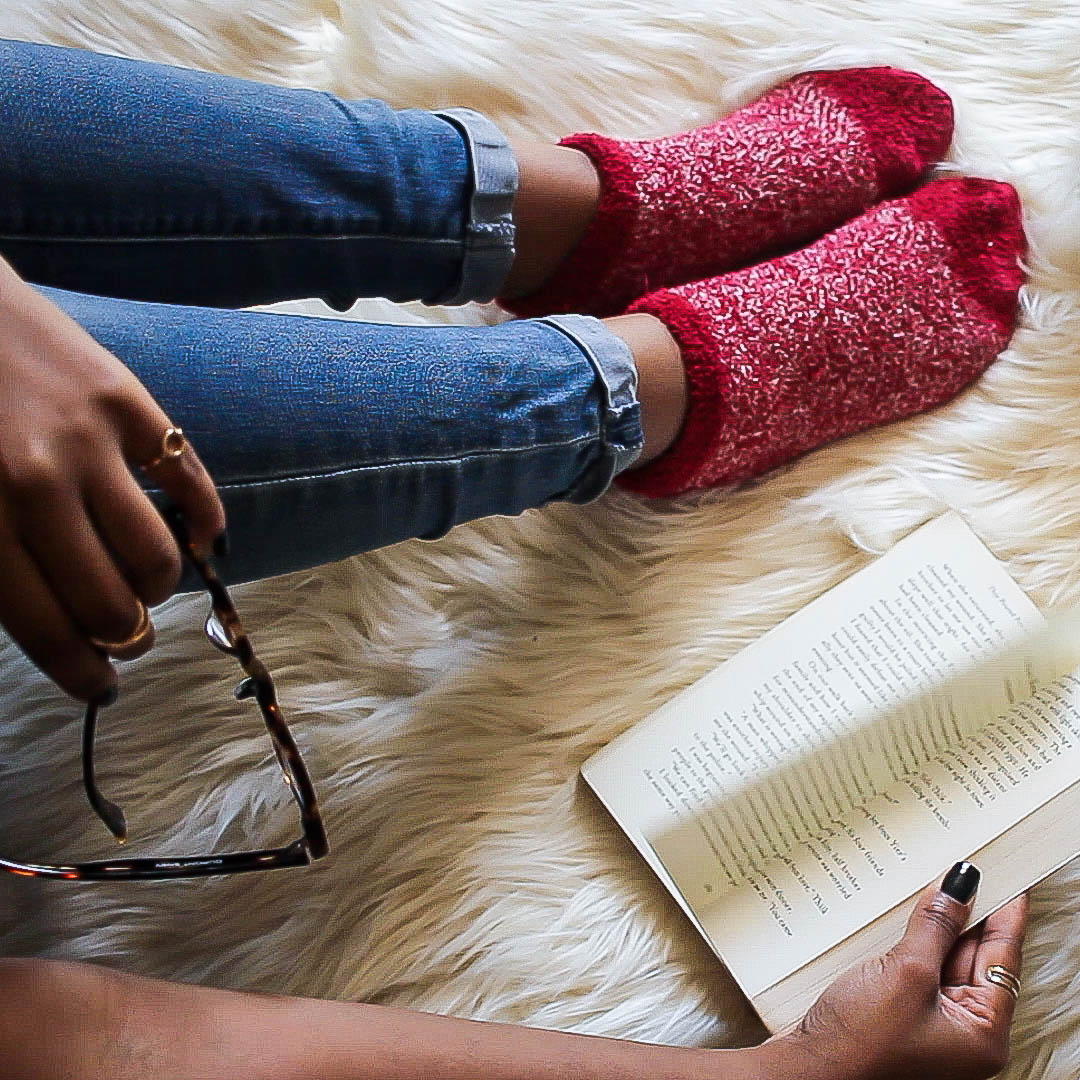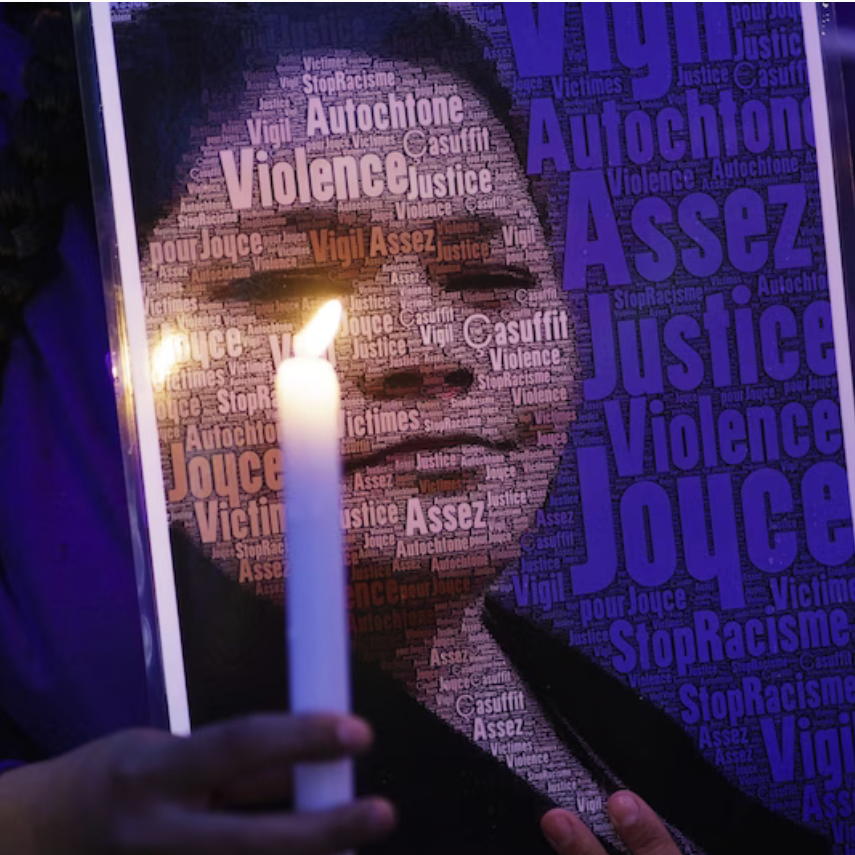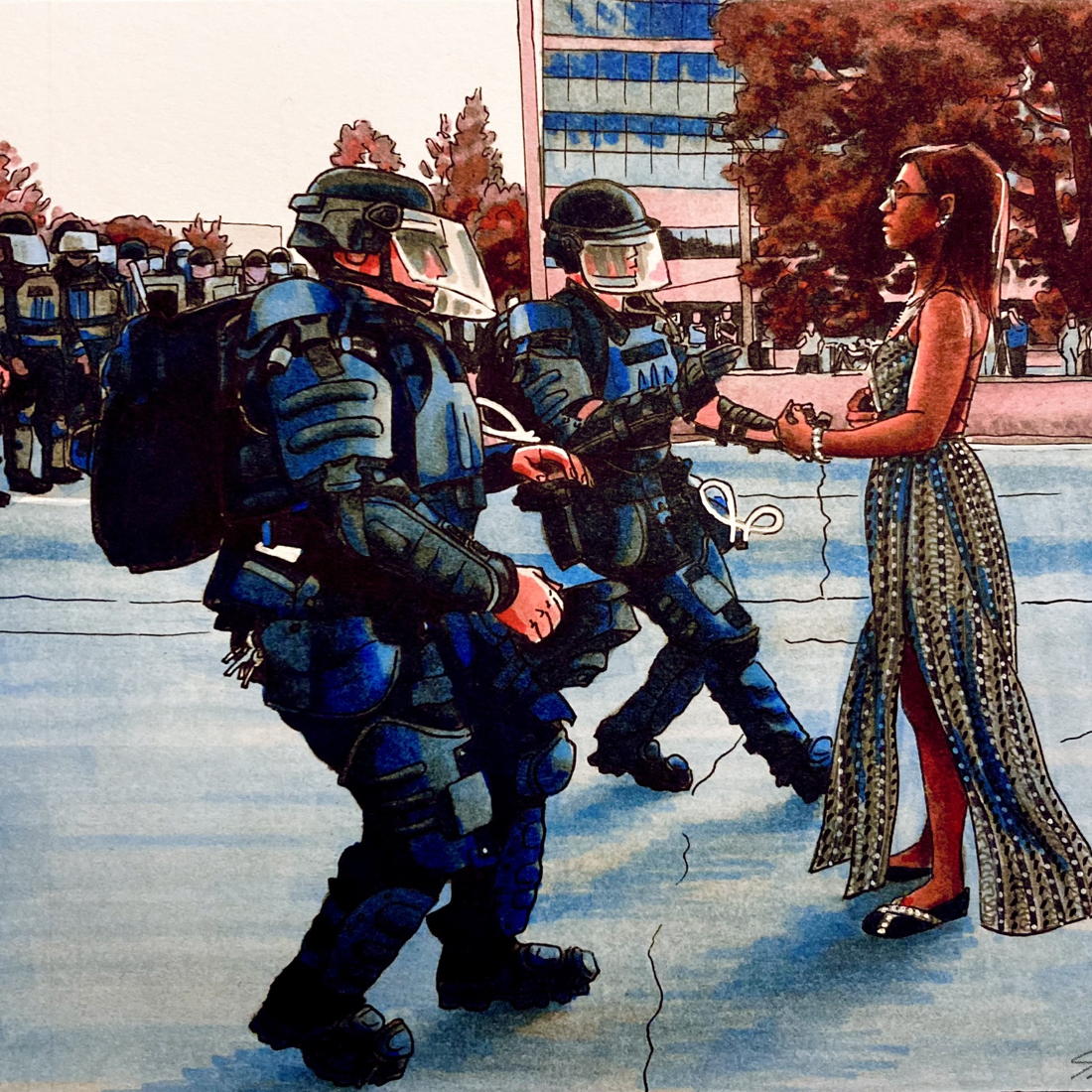A Clinician’s Guide to Healing the Wounds of Racial Trauma
Worksheets and handouts for clients.
Welcome to this collection of resources designed to support your healing journey from racial trauma. Drawn from Dr. Monnica Williams' book, A Clinician’s Guide to Healing the Wounds of Racial Trauma: A 12-Session CBT-Based Protocol, these tools aim to help you understand, process, and overcome the lasting impact of racial trauma. Here, you’ll find exercises, worksheets, and strategies that align with culturally-informed approaches, all tailored to foster your growth and well-being. Whether you’re navigating this path alone or alongside a therapist, these resources offer practical steps toward greater resilience, empowerment, and self-understanding.


Assessment Phase
Preparing for Treatment
- Complete and Email to Your Therapist: Racial Trauma Scale
- Read Before Assessment Session: Demanding diversity: Tolerance is not enough
- Read After Assessment Session: Uncovering the trauma of racism
- Advanced Optional Reading: The need for shared nomenclature on racism and related terminology — Perspectives on Psychological Science

Session 1
Making Sense of Racism
- Complete: Ex 3.1 Empowerment Journal
- Read After Session: The link between racism and PTSD
- Advanced Optional Reading: Uncovering the myth of innocence — The Guardian [pdf]

Session 2
Coping and Self-Care
- Complete: Ex 3.2 Self-Care Worksheet
- Attempt: Black Lives Matter Meditation
- Read After Session: Self-care for the chronic and demoralizing stress of racism
- Optional Reading: Five ways nature can improve your mental health

Session 3
Cultivating a Support Network
- Complete: Ex 3.3 Support Network Inventory
- Read After Session: Proactively coping with racism
- Advanced Optional Reading: Unicorns, leprechauns, and White allies — The Behavior Therapist

Session 4
Dismantling Internalized Racism
- Complete: Ex 4.2 Microaggressions Log
- Read After Session: Microaggressions in Everyday Life

Session 5
Understanding Colorism and Building Ethnoracial Identity
- Complete: Ex 4.3 Reflecting on Childhood Messages About Skin Color
- Read After Session: What is Whiteness?
- Advanced Reading: Human races are not like dog breeds: Refuting a racist analogy — Evolution: Education and Outreach

Session 6
Exposure and Processing of Experiences of Racism (1)
- Complete: Ex 4.4 Healing Racial Trauma: The Power of Writing
Or complete: Ex 4.6 Listening to Your Story (new) - Read After Session: Racism hides behind the small things people say and do

Session 7
Exposure and Processing of Experiences of Racism (2)
- Complete: Ex 4.4 Healing Racial Trauma: The Power of Writing
Or complete: Ex 4.7 Telling the Story with Pictures (new) - Read After Session: Microaggressions: More than just race

Session 8
Learning Strategies to Combat Racism
- Journaling: Continue using the Microaggression Log
- Complete: Ex 4.5 Developing an Escape Plan
- Read After Session: Unfriendly skies: United Airlines and police violence
- Advanced Optional Reading: Disarming racial microaggressions — American Psychologist [pdf]

Session 9
Combating Racism in Everyday Life
- Review: Table 9-1 How to Respond to Microaggressions and Other Acts of Racism
- Journaling: Continue using the Microaggression Log, but now you will start responding to microaggressions and recording how it went
- Read After Session: How to respond to microaggressions — New York Times [pdf]
- Optional Reading: Microaggressions really are aggressive

Session 10
Posttraumatic Growth and Meaning-Making
- Complete: Write your full story of overcoming trauma and bring it to session
- Read After Session: To the therapist who called me a “Strong Black Woman”
- Optional Reading: The damage of White feminism: An anecdote — Chacruna Institute

Session 11
Social Action and Activism
- Complete: Ex 5.2 Creating Change (new)
- Complete and Email to Your Therapist: Racial Trauma Scale
- Read After Session: Children of color experience racism in German schools
- Optional Podcast: Introducing nice White parents — New York Times
